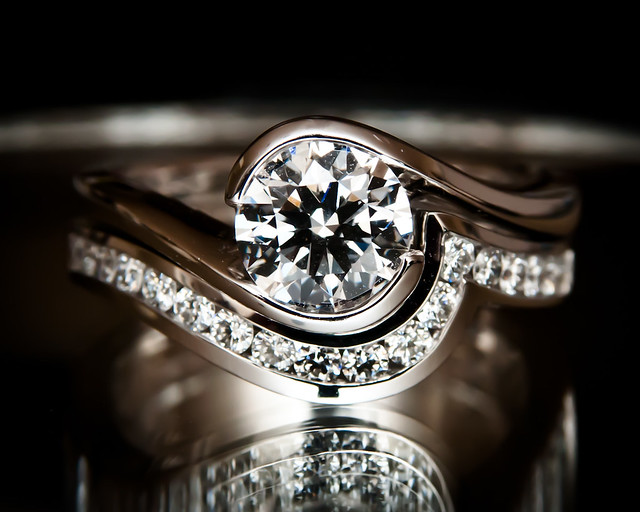
This weekend we went to the Aquarium of the Pacific in Long Beach, CA. I took the shot above as our toddler (in green shirt) was watching seals in amazement. I was on manual exposure mode and I exposed for the aquarium then used bounce flash to illuminate our toddler. Due to the strong ambient light illuminating the water (relative to the dark exhibit), I set the shutter to sync speed (1/250) right away. I was bouncing flash from dark ceilings so I set ISO at 800, then adjusted aperture until the light meter showed around -0.3 (which turned out to be f/6.3). I figured that would give me an acceptable tone for the bright aquarium. If the aquarium were exposed much darker than that I had doubts that I would have enough power for bounce flash. I didn't have time to take a test shot and I just activated the flash on TTL with -0.3 FEC.
Here is how the shot looked like originally:
Argh! Horribly overexposed. I think what happened was that TTL-BL tried to match the comparatively bright light in the aquarium with an equally bright flash exposure, resulting in flash overexposure (as well as overexposure). In retrospect I should have used f/8 or maybe even narrower than that, or lowered the ISO to 400 or so. The aquarium would have looked less overexposed, and it appears that the flash would have had enough power to illuminate our toddler (or at least not make him look like a silhouette). If I had all the time in the world, I could have used the flash in manual mode at full power then chimped to find the lowest ISO and minimum aperture I could get away with (as long as it's sufficient exposure for the water).
Anyway, no problem - during raw processing, I can recover at least 1 stop (if not more), right? Well, unfortunately, it so happened that I had been doing some test shots the other day and had left the camera in JPEG mode... doh!
I wanted to try to rescue the photo though. Here are the things I did (I used Corel Paintshop Photo Pro X3):
1. I duplicated the background layer and changed the blend mode of the duplicate layer to
multiply. This will make the image look less overexposed but will also make it look contrasty, which we'll address later. Note also that this isn't going to recover totally blown pixels.
2. To make the light rays more visible and increase the contrast in the water, I applied local tone mapping.
3. Local tone mapping will reduce the saturation. To compensate, I increased vibrancy. Vibrancy differs from saturation in a couple of ways: vibrancy doesn't affect skin tones so much, and vibrancy has less effect on already saturated areas (whereas saturation affects all areas uniformly).
4. Because of the multiply plus the local tone mapping, the contrast was really high. To counteract this, I first created a levels adjustment and moved the midtone a bit to the left. This changes some shadows into midtones. Next, to bring down contrast, I created a curves adjustment layer with a
reverse S-curve (see below). I wanted to keep the increased contrast in the water, so I used layer masking to apply the decrease in contrast only to the kids and the highlights on the seals.
Reducing contrast using a curves adjustment this way is better in my view than simply decreasing contrast. What decreasing contrast does is to squeeze the histogram, resulting in less dark shadows and less bright highlights. The problem is that blacks start looking grayish, and the image loses its punch. Here is a comparison with the same layer masking used for the contrast adjustment (check out our toddler's hair):
I did a few more tweaks after that such as bringing down the exposure in a few areas (kinda like burning). Final result again for convenience:

I'm no photoshop expert so if you have better suggestions, please feel free to share in the comments below! :D



